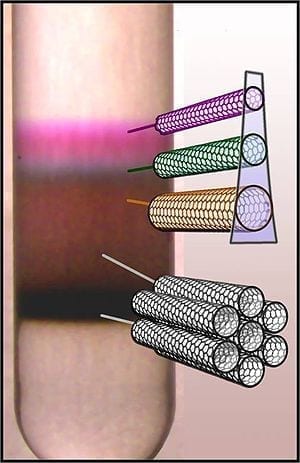
- Image via Wikipedia
Call it innovation on steroids. Or innovation at warp speed. Or just the innovation of rapid innovation.
But the essential point remains: Technology is transforming innovation at its core, allowing companies to test new ideas at speeds—and prices—that were unimaginable even a decade ago. They can stick features on Web sites and tell within hours how customers respond. They can see results from in-store promotions, or efforts to boost process productivity, almost as quickly.
The result? Innovation initiatives that used to take months and megabucks to coordinate and launch can often be started in seconds for cents.
And that makes innovation, the lifeblood of growth, more efficient and cheaper. Companies are able to get a much better idea of how their customers behave and what they want. This gives new offerings and marketing efforts a better shot at success.
Companies will also be willing to try new things, because the price of failure is so much lower. That will bring big changes for corporate culture—making it easier to challenge accepted wisdom, for instance, and forcing managers to give more employees a say in the innovation process.
There will be even better payoffs for customers: Their likes and dislikes will have much more impact on companies’ decisions. In globally competitive markets, they will ultimately end up getting products and services better tailored to their needs.
Already, this powerful new capability is changing the way some of the biggest companies in the world do business, inspiring new strategies and revolutionizing the research-and-development process.
“In the U.S., we do the vast majority of our concept testing online, which has created truly substantial savings in money and time,” says Joan Lewis, global consumer and market knowledge officer at Procter & Gamble Co.
Finding the Link
What does all of this experimentation look like in practice?
Consider Google Inc., which runs 50 to 200 search experiments at any given time. In one case, Google asked selected users how many search results they would like to see on a single screen. More, said the users, many more. So Google ran an experiment that tripled the number of search results per screen to 30. The company found that traffic declined.
![Reblog this post [with Zemanta]](http://img.zemanta.com/reblog_b.png?x-id=0548230f-cf04-4579-8921-c503034b9fb0)









